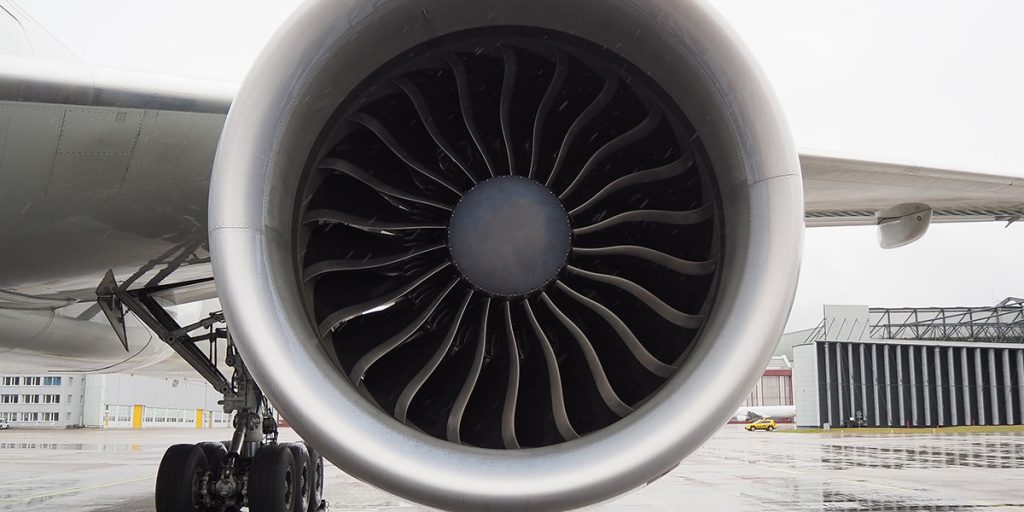Interfaces (when two bodies come together or a single body breaks apart) are ubiquitous in mechanical, material, and biological systems. Examples (of interest to our group) include: bolted steel connections in buildings, adhesives bonding composite repair patches onto structural components, cracks in concrete and delamination between composite laminates, ligaments that connect bones and muscles, and cavity growth along grain boundaries during creep. Although the applications vary, the typical mathematical continuum models for these systems end up requiring similar looking interface terms to handle the evolution of the relative discontinuities between the surfaces of the interface. Hence, our group has pursued the Variational Multiscale Discontinuous Galerkin Framework as a vehicle to derive rather than design numerical methods that are robust and efficient for these classes of problems. This framework has provided a rational approach for solving both old and new classes of problems in solid and fluid mechanics with enhanced stability, thereby enabling the confident design of systems containing interfaces.
Current Project

This project aims to discover how grain interactions, called the neighborhood effect, influence the distribution of local stresses that drive fatigue crack nucleation and growth. This knowledge fills a critical gap in understanding crack driving forces to enable prediction of fatigue behavior of structural materials. Knowledge relating the neighborhood effect to fatigue crack driving forces is transformative by enabling tailored microstructure design with sizable increase in fatigue threshold resistance. Recent advances of additive manufacturing (AM) technology enable the pointwise control of texture and grain morphology during material deposition. This research empowers a theoretical and computational framework for designing parts to capitalize on this flexible manufacturing. These improved simulation tools can help to certify materials with higher fatigue crack threshold strength, enabling cost reduction or longer life of structures.
Sponsorship: National Science Foundation
Past Projects

Simulation of cyclic loading in bolted aluminum lap joints with view of displacement and shear stress fields near the contact zone
If you have ever heard or felt a rattle in your car while driving on the highway, then you recognize that controlling the behavior of joints is important for maintaining comfortable and safe performance. Simulation of bolted structures remains a significant challenge due to the interaction of surface roughness and lubrication effects at the micro-scale with observed sliding and friction at the macro-scale. The goal of this project has been to develop a multiscale modeling framework for characterization and prediction of vibration and dissipation in bolted joints. Rather than directly resolving the surface roughness profile, the interaction between asperities is incorporated into a physics-based friction model through a statistical summation process. This multiscale constitutive model is embedded within a Discontinuous Galerkin interface formulation that provides unbiased treatment of the contacting surfaces. The resulting framework has been applied to model quasi-static and dynamic hysteresis of bolted lap-joints, yielding response comparable to those observed in experiments.
Sponsorship: National Science Foundation

Static and dynamic simulations of interface debonding between fiber and matrix in composite unit cells
Composite materials are prevalent across many civil and defense applications due to their excellent mechanical properties such as high strength-to-weight ratio and directionally-dependent stiffness. However, defects in these materials tend to occur at the interfacial bonds either between the fiber and matrix at the micro-scale or between the lamina at the meso-scale. The aim of this project has been to develop a Discontinuous Galerkin approach to numerically predict the onset of cracking in these composite materials. By employing an internal damage variable defined along the interface, the method captures the transition between bonded and debonded configurations in a seamless fashion with fewer numerical tuning parameters. In particular, simulations of both slowly-varying as well as impact loading demonstrate that the pre-cracked response is entirely unaffected by the presence of the interface elements. Thus, high-fidelity modeling of composite materials can be performed across a range of intact and damaged conditions.
Sponsorship: National Science Foundation
